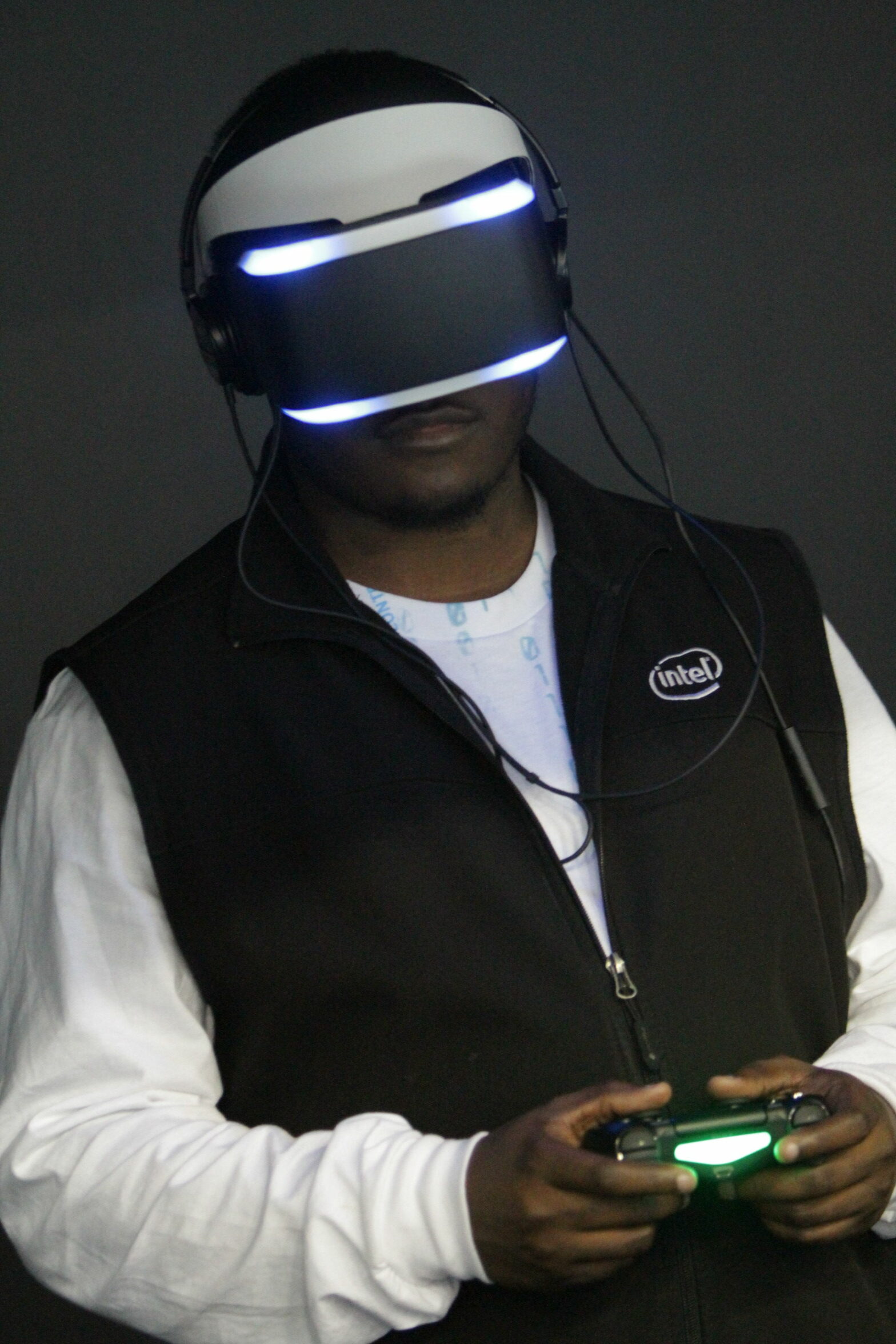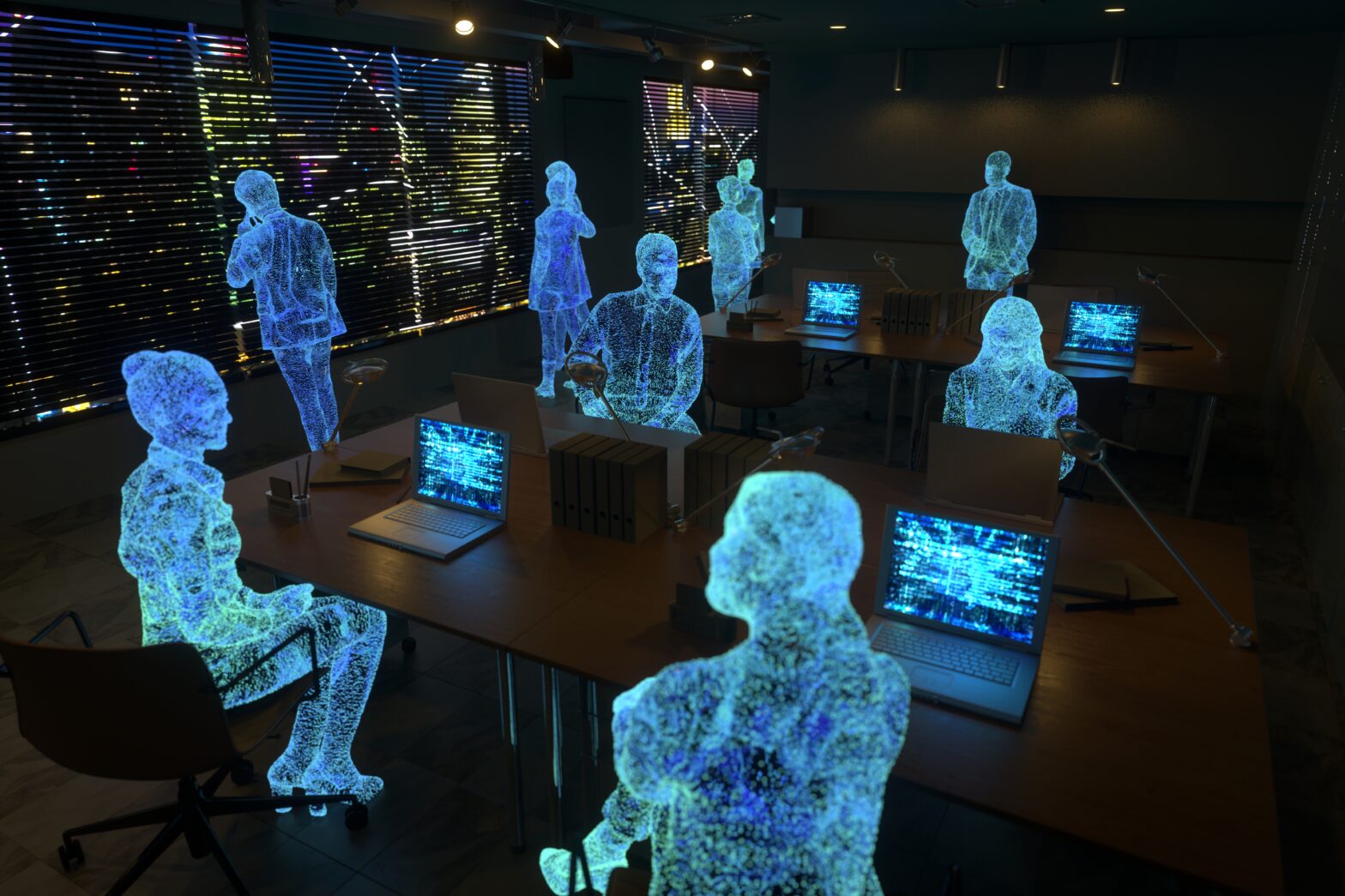The arrival of PlayStation VR (PSVR) could prove to be the definitive gaming device in the explosion of virtual reality (VR) into the mainstream consumer market, according to Greg McCulloch, CEO of Aegis Data.
McCulloch states that the gaming market can already take confidence from knowing that the highest levels of connectivity, storage and qualities of service to power these immersive experiences are already in place.
VR, or immersive technologies, was listed as one of 3 emerging technologies to look out for in 2016, according to Gartner.
The desire for VR is a result of the demand for stronger, more realistic audio and visual experiences.
This new type of immersive experience has a range of applications, from entertainment (in PSVR’s case) to medical training (as announced at Singapore’s IMDA launch).
>See also: The future of virtual reality
The applications are vast and the demand huge. PSVR’s latest edition to the VR will compete with other products, such as Oculus Rift and HTC Vive.
Initial reviews of the device have been extremely positive, with industry practitioners and gamers alike confident that the early promise of VR is finally starting to come into its own.
A sentiment that is shared by McCulloch: “The continual innovation taking place in VR means we really are starting to see the virtual become a reality and the arrival of the PSVR is likely to prove a key catalyst in ensuring momentum remains strong.”
“Earlier this year the release of Pokémon GO saw the technology go mainstream and given the timing of Sony’s launch, we expect the festive season will only drive further demand for what is being heralded as the ‘must-have’ Christmas-gift.”
McCulloch continued: “For VR, its presence has been felt for a long time, but has always been hampered by restrictions placed on its computing power as well as slow connectivity speeds, meaning that it has never been able to unlock its true potential.”
“Today, the landscape is very different and critical to this has been having the assurances to know that the right technology and infrastructure is in place to support it.”
The infrastructure McColloch was referring to is that provided for by the data centre.
>See also: The evolution of virtual reality will create endless possibilities
Data centres, with strong fibre connections will provide customers with super fast connectivity speeds, which will only increase once 5G is implemented.
This will allow users, both personally and in the next phase, professionally, to have a seamless, unhindered experience across multiple immersive environments, according to McColloch.
“For the DC industry the next stage of its support will come from understanding the culture of technology and its consumption patterns across different sectors.”
“Assessing key security concerns will also be critical to this process. Additionally, as data streams created by VR continue to rise, we’ll likely see a greater emphasis on organisations needing high performance computing (HPC) capabilities in place, to ensure applications are able to run efficiently, reliably and quickly.
“For the industry as a whole the next critical stage will be that ‘killer-app’ or game, which drives demand from consumers to invest in a VR headset.”
“At present one of the common themes expressed from reviewers is that while the technology is revolutionary, it needs the games to ensure its staying power. Arguably, it is only a matter of time until these arrive but when they do the industry can rest assured knowing the infrastructure is in place to support it,” McCulloch concluded.










